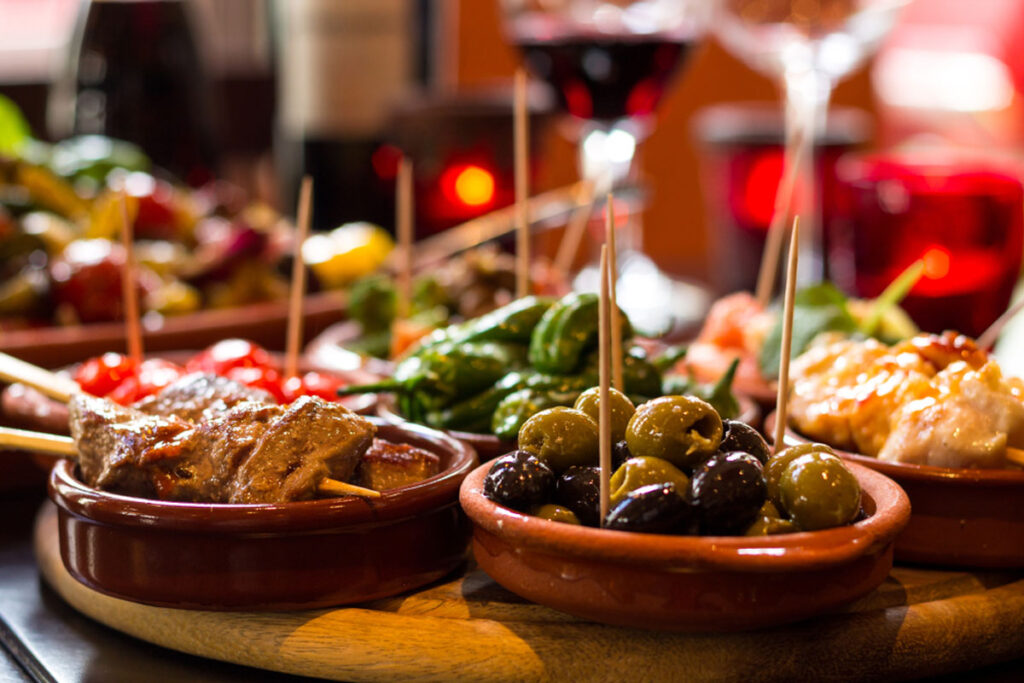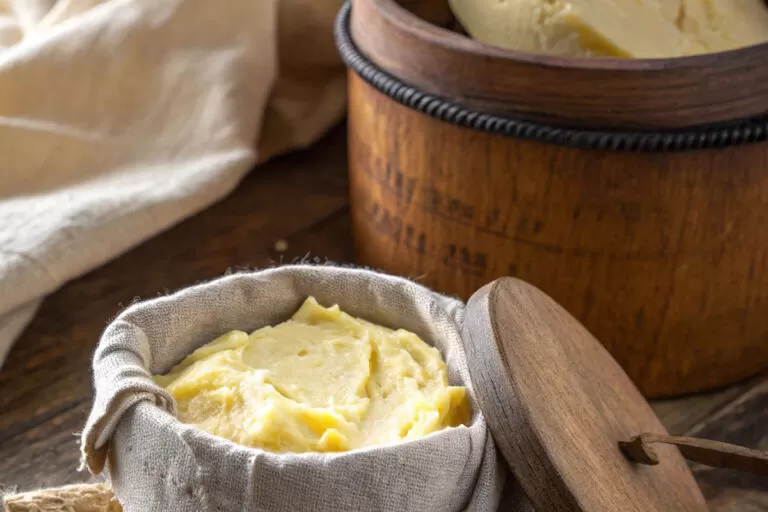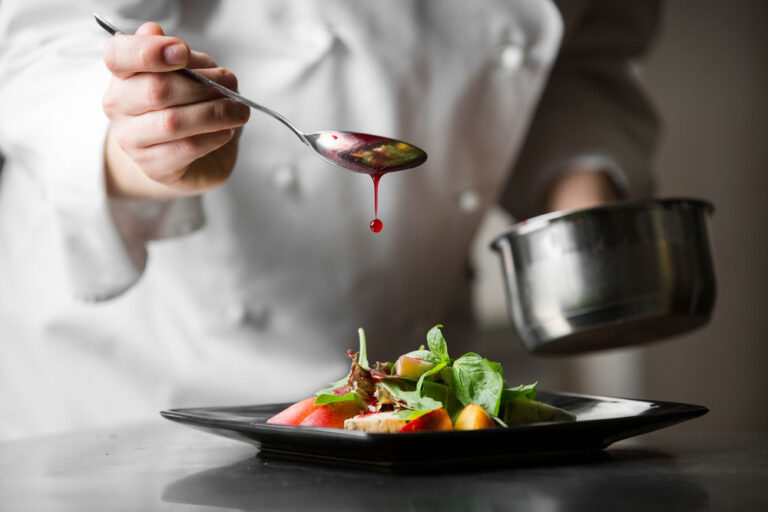Table of Contents
- Part 1: Storms, Survivors, and Seeds of Influence
- Part 2: Sherry and Claret – Spanish Wines on Irish Tables
- Part 3: Tapas and Table Talk – Echoes of Spanish Dining
- Part 4: Salt, Smoke, and Spices – Trade and Preservation
- Part 5: From Legends to Lunch Menus – A Lasting Legacy
Storms, Survivors, and Seeds of Influence – The Arrival of the Spanish Armada
In the summer of 1588, the Spanish Armada—Philip II’s great naval fleet—met disaster off the coasts of Ireland. After suffering defeat by the English navy, many of the remaining ships were battered by storms as they attempted to sail home by circling the British Isles. Rough seas forced several ships onto the rocky western and northern coasts of Ireland, especially along counties Sligo, Mayo, and Donegal. Over twenty ships were wrecked, and an estimated 1,000 Spanish sailors either drowned or came ashore.
While many who survived the landings were captured or killed by English forces, some found refuge among the Irish. Hidden in remote glens, caves, and sympathetic households, a few Spaniards integrated—at least temporarily—into local communities. These accidental visitors brought with them not only stories of empire and war but also exotic goods, culinary habits, and cultural connections that subtly infused Irish life.
From this unlikely and tragic episode, legends blossomed—of Spanish blood in Irish veins, of olive-skinned children born in coastal villages, and of a shared Catholic bond that deepened a mutual sense of resistance to English rule. These connections laid a foundation for centuries of intermittent trade and cultural exchange between Spain and Ireland.
Though the Spanish Armada’s immediate legacy was one of death and devastation, its shipwrecks served as vessels of cultural transmission. Wines, preserved meats, olive oil, and new culinary ideas trickled into Irish life.
Sherry and Claret – Spanish Wines on Irish Tables
Long before the rise of Irish whiskey as a national symbol, there was sherry in the goblet and claret in the jug. The arrival of Spanish wines in Ireland predates the Armada disaster, but the events of 1588 intensified the relationship. As Catholic allies with a shared adversary in England, Ireland and Spain developed clandestine trading links that continued well into the 17th and 18th centuries.
Spanish merchants—especially from Andalusia and the Basque Country—found eager buyers in Ireland. Sherry (known as sack), red wines from Rioja, and later French claret (which came through Spanish-linked routes) were shipped into Irish ports such as Galway, Kinsale, and Waterford. Though often subject to English embargoes or pirate raids, these shipments persisted thanks to smugglers, sympathetic local lords, and the famous “wine geese”—Irish families who settled in Spain and France to engage in the wine trade.
Spanish wine became especially prized among Irish nobility, clergy, and wealthy merchants. It was served at feasts, used in religious rites, and gifted as tokens of favor. Galway earned the nickname “the wine capital of Ireland” due to its active Spanish connections and vibrant merchant class. Even poorer households would reuse barrels or casks from wine shipments, sometimes infusing local brews with a touch of foreign flavor.
This rich tradition of wine appreciation left its mark not only on taste but also on trade networks and social rituals. Spanish wine was more than a drink—it was a symbol of alliance, sophistication, and quiet resistance to English cultural dominance.
Tapas and Table Talk – Echoes of Spanish Dining in Irish Food Culture
While tapas as we know them are firmly rooted in Spanish tradition, there is compelling evidence that the spirit of shared, small-plate dining found subtle resonance in Ireland—especially in coastal regions where Spanish contact was most frequent. In the wake of the Armada and ongoing Iberian trade, certain elements of Spanish food culture began to seep into Irish households and hospitality practices.
Spanish sailors and traders brought with them not only goods like cured meats, cheeses, and olives, but also a social style of eating that emphasized leisurely gatherings, communal dishes, and small bites paired with wine or ale. Irish hospitality, already strong in tradition, began to absorb this approach—particularly among wealthier or merchant households who had more frequent access to foreign ingredients.
In areas like Galway and Waterford, where Spanish merchants and their Irish hosts mingled over long evenings, mealtime evolved from simple sustenance into more social affairs. Local cheeses, dried fish, and cured meats—long part of Irish fare—were presented in a more relaxed, shared format, often accompanied by bread, butter, and wine. Though not called “tapas,” these spreads reflected similar values: variety, conversation, and connection.
Some scholars also suggest that the Irish custom of “the collation”—a light evening meal featuring bread, cheese, and drink—bears resemblance to Spanish late-evening eating habits. Over time, especially in urban areas with greater foreign contact, this style helped diversify Irish mealtime structure beyond the traditional midday dinner and heavier evening supper.
In essence, while tapas themselves didn’t take root wholesale, the idea of dining as a shared, convivial experience—and the layering of small, flavorful components—added a rich thread to the Irish culinary tapestry.

Salt, Smoke, and Spices – Spanish Trade and Irish Preservation Traditions
Ireland has a long history of food preservation, honed by necessity in a cool, damp climate where fresh produce was seasonal and meat had to be stored for leaner times. Salting, smoking, and air-drying were traditional techniques, and Spain—through centuries of maritime trade—helped expand and refine these practices with new ingredients and methods.
After the Spanish Armada’s unintended landings and the gradual development of Spanish-Irish trade routes, Iberian goods became more common in Irish ports—particularly salt, olive oil, dried fruits, and spices like paprika and saffron. While Ireland lacked its own salt mines, Spanish sea salt—especially from Cadiz and the Bay of Biscay—was prized for its purity and abundance. It became essential in the curing of pork and fish, leading to regional specialties like salted ling, corned beef, and bacon rashers that remain iconic today.
Fish, a staple in both countries’ Catholic diets, was an area of notable overlap. Spanish merchants introduced better techniques for drying and preserving fish like cod and hake, which Irish fishers adopted. In return, Irish salt cod was exported back to Spain, particularly to Galicia and the Basque regions, creating a circular culinary exchange that persists to this day.
Paprika and olive oil—luxuries for most rural Irish but sometimes found in merchant or clerical kitchens—added new flavors to traditional Irish dishes. These spices were often blended subtly into broths, meat cures, or stews. Even saffron, though rare, made its way into ceremonial baking and medicinal concoctions via Spanish apothecaries.
In essence, Spanish trade didn’t radically alter Irish cooking, but it enhanced it—bringing depth, preservation know-how, and a Mediterranean touch to a cuisine deeply rooted in practicality and seasonality.
From Legends to Lunch Menus – The Lasting Legacy of Spain in Irish Food Culture
Centuries after the wreck of the Spanish Armada, the culinary and cultural links between Ireland and Spain continue to ripple through tradition, memory, and modern revival. What began as an accidental encounter born of misfortune evolved into a subtle but enduring influence on Irish foodways—one that is being rediscovered in the kitchens, markets, and restaurants of today.
The legends of Spaniards surviving and settling along Ireland’s western coast endure in place names, family lore, and even physical traits romanticized in folklore—“black Irish” with dark eyes and olive skin. But beyond the myths, the practical legacy is clearer: Spain helped shape Irish tastes for preserved foods, refined the country’s use of salt and wine, and introduced flavors that echoed through generations of cooking.
In recent decades, a renewed appreciation for Mediterranean ingredients and styles—particularly among Ireland’s artisan producers and chefs—has led to a conscious embrace of these old connections. Tapas bars in cities like Dublin, Galway, and Cork don’t just offer Spanish imports; many incorporate Irish cheeses, meats, and seafood in small-plate formats that feel right at home.
Irish wines, once only imported, now include collaborations with Spanish vineyards—some owned by descendants of the original “Wine Geese,” Irish families who settled in wine-producing regions of Spain and France centuries ago. Irish seafood exports still flow to Spain, especially from the Atlantic coast, where hake and cod remain favorites in Galician kitchens.
Today, the story of Spanish influence is told not just in history books, but in food festivals, cookbooks, and menus that celebrate shared tastes, trade, and traditions. The Armada may have been a moment of wreckage, but it sowed cultural seeds that took root in unexpected ways—flavoring Irish food with a legacy of resilience, richness, and global connection.







